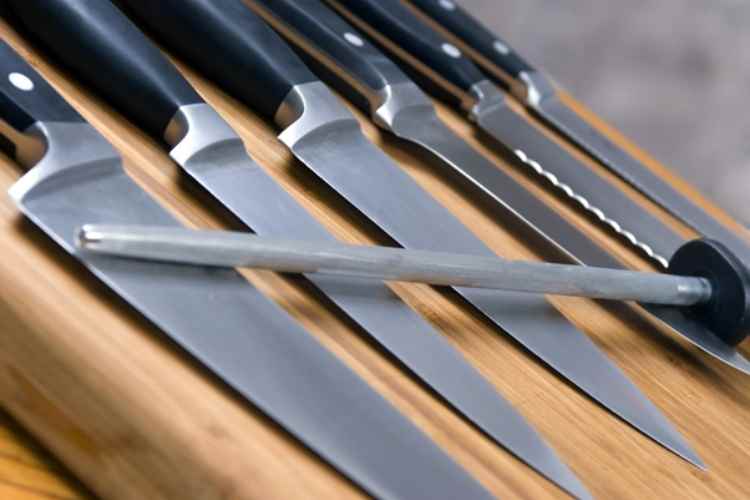Knife sharpening matters more than ever these days. According to Grand View Research, the kitchen knives market checked in with a value of nearly $1.2 billion recently. Experts expect this market’s growth to continue at an 8.6 percent compound annual growth rate (CAGR) until 2025.
The popularity of cooking shows like the Great British Baking Show, Chopped, and Hell’s Kitchen, among many others, renewed interest in the field in recent years. The National Restaurant Association projects the restaurant industry to generate 17.2 million jobs by 2030.
Every year, more and more people hope to slice and dice in the cooking career field. This continues to drive demand for knife sharpness and quality kitchen tools. If you’re interested in joining the field, or just whipping up a tasty meal at home, here’s a look at some of the best knife sharpening tips around.
Do You Need to Sharpen Your Knife?
Knife sharpness is a key element in the quality of this cutting tool. Coming off the production line, knives sport a sharp edge. But over time and through multiple uses, the steel wears down.
A blunt knife impacts the cutting experience for cooks and anyone else. A sharp blade allows you to hone your knife skills. Knife sharpness often equates to fine and precise cuts.
If you suspect your blade has dulled, you can use the paper test. With a piece of printer paper, hold the corner and cut down. If your knife slices through without tearing the paper, your blade is sharp enough. If your blade doesn’t make it through the paper without tearing, it’s time for a knife sharpener.
Another method of testing whether or not you need to sharpen a knife is cutting through an onion or tomato. A sharp knife should split through a peel with minimal force. If you find yourself using a sawing motion, you’ll need some knife sharpening.
Tips for Knife Sharpening
Knife sharpening involves removing a portion of the blade’s steel surface to hone the edge. You can use a knife sharpener like a whetstone to redefine the blade’s edge.
The first thing to consider when trying to sharpen a knife is the angle. No matter what product you’re using, be it a whetstone or something else, the angle must remain constant. Aim for a 20-degree angle to the blade’s surface as you sharpen.
Another knife sharpening tip is to keep your grip light and easy. Maintain low but constant pressure, using that consistent angle. Let the whetstone do the work.
Finally, you’ll want to soak your whetstone in warm water before conducting your knife sharpening. This lubricates the stones. Once you start the process, keep the faucet running a trickle of water onto the knife to provide continuous lubrication.
Sites like Messermeister provide additional knife maintenance education and more.
Restaurant Solutions and More
Knife sharpening skills benefit everyone, cooks and cutting connoisseurs alike. Keeping your blade edges honed remains important when wielding a knife. Keep these tips in mind the next time you need to sharpen a knife.
If you found this article informative, make sure you explore the rest of our site. Be sure to check out our Food & Cooking section, as well as our Best Restaurants category.


